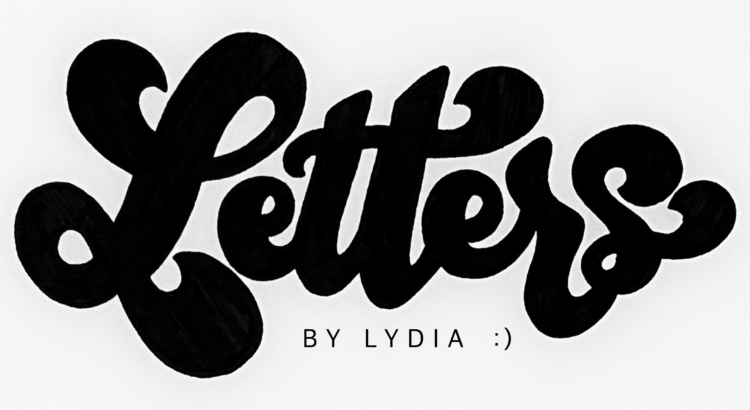Happy Wednesday everyone! Today we’re taking a look at what are probably my favorite pens of all time: the Karin Brushmarker Pro.


These are notorious in the handlettering community for being some of the best brush pens out there. Unfortunately, they have the price to match, but we’ll get into that later.
Karin is a Polish company that, as far as I know, literally only makes brushpens. They have three different types, the decobrush, decobrush metallic, and the brushmarker pro. The two types of decobrush are opaque and good for dark surfaces, and the brushmarker pro is their version of your standard brush pen, which what I have. They’re super juicy, pigmented, and high quality. The tips are made of nylon instead of felt or bristles, which makes them extra bouncy and durable. They can fray a bit, but it takes them a lot longer than felt tip pens. For example, when you look below at the swatches I included, you can see that some of the pens can get a finer upstroke than others.



They make 72 colors total, but I only have the small set, which comes with 26 colors (swatches above) and a blender pen. If you don’t know, a blender pen is a colorless pen that is supposed to be used, as you might’ve guessed, for blending different colors together. However, I don’t love the blender pen with this set, because Karin markers are already super juicy and actually blend really well together using water and a paintbrush, no blender pen needed. In my opinion, it also just doesn’t work super well.
The only other major con of this pen set is the price, like I mentioned before. This set of 27 pens is $60, and the set of all 72 colors runs for $153. In my opinion, the quality is well worth it, but that doesn’t change the fact that buying a set of these is a pretty big purchase.
Overall, this is more of a fangirl post as opposed to a legitimate recommendation, because I know most college students aren’t gonna be able to shell out $60 for a few pens (I got these for Christmas a few years ago). But if you ever do get the chance to use them, enjoy!












 The tips are flexible, but also incredibly easy to control, which earns them major points. As for durability, these are pretty decent. If you aren’t using paper specifically for handlettering, the tips will fray faster, but that’s true of most pens. As for the colors, they’re beautiful–very pigmented and rich.
The tips are flexible, but also incredibly easy to control, which earns them major points. As for durability, these are pretty decent. If you aren’t using paper specifically for handlettering, the tips will fray faster, but that’s true of most pens. As for the colors, they’re beautiful–very pigmented and rich.  They offer a wide range of colors between all the sets, which you can see even just in the ones I have; there’s the super light pastels all the way to the deep, rich hues. That said, I wish they offered a higher quantity of different colors. For example, they have tons of different blue/green shades, but only one red between all of the sets. The price depends a lot on where you get them and what colors/size you choose, but a set of 6 is about $10-12 and a set of 10 is about $15-20.
They offer a wide range of colors between all the sets, which you can see even just in the ones I have; there’s the super light pastels all the way to the deep, rich hues. That said, I wish they offered a higher quantity of different colors. For example, they have tons of different blue/green shades, but only one red between all of the sets. The price depends a lot on where you get them and what colors/size you choose, but a set of 6 is about $10-12 and a set of 10 is about $15-20.